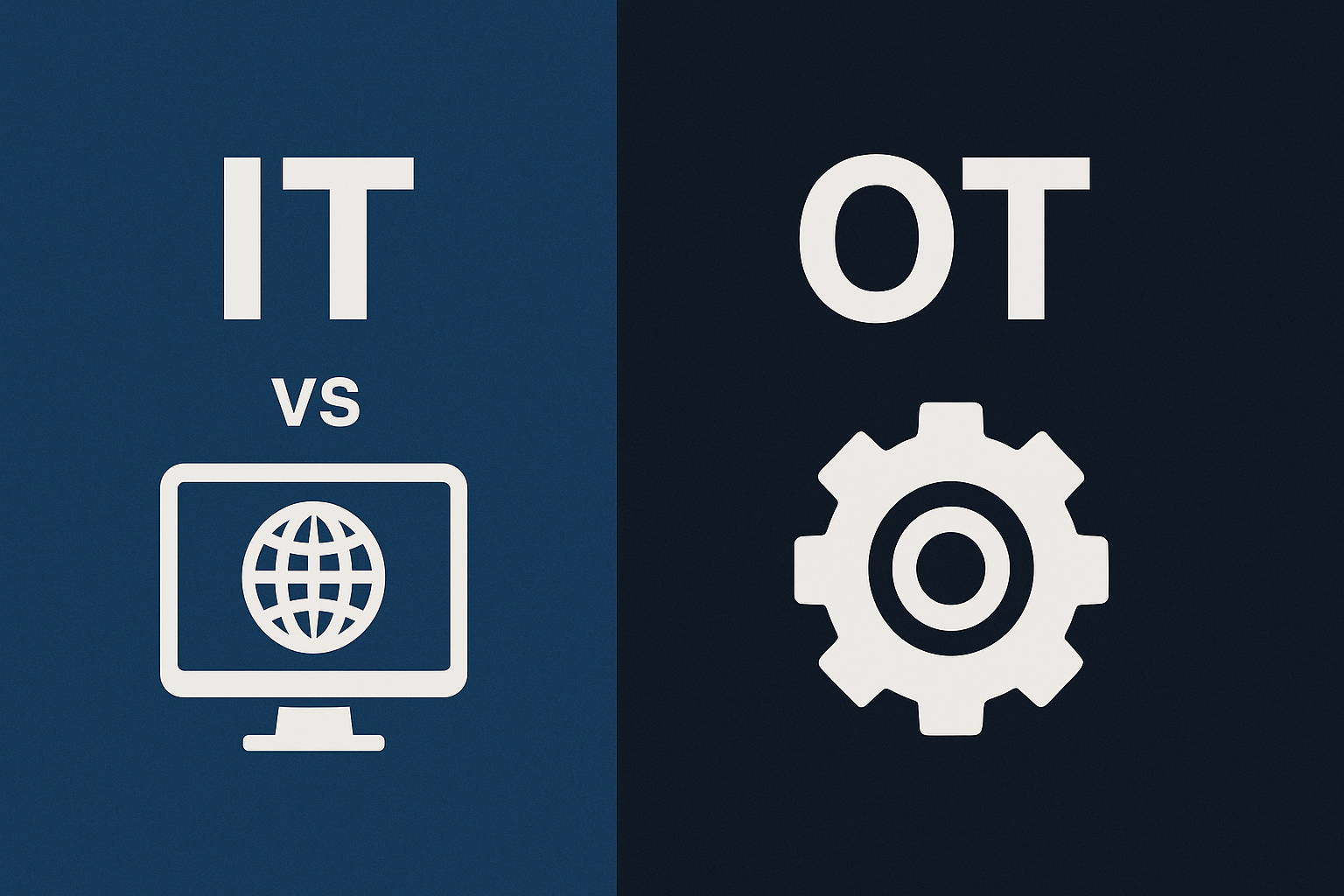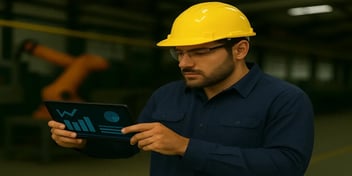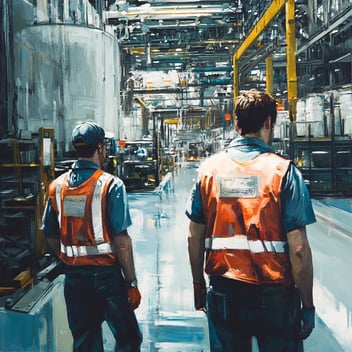
IT vs. OT: Understanding the Differences Between Information Technology and Operational Technology
Introduction
n modern industry, two technological worlds are converging: IT (Information Technology) and OT (Operational Technology). Long separated, they now must coexist, share data, and strengthen their collaboration to successfully drive the transition toward Industry 4.0.
This convergence is essential for improving OEE (Overall Equipment Effectiveness), securing infrastructures, and ensuring agile and connected production planning.
What is IT?
IT (Information Technology) encompasses digital systems related to data management, such as:
-
Servers, ERP, CRM, corporate networks
-
Cybersecurity
-
Cloud computing
The main objective: to support administrative, financial, and commercial operations through effective information flow management.
What is OT?
OT (Operational Technology) refers to the technologies used to monitor, control, and automate physical production, including:
-
PLCs (Programmable Logic Controllers)
-
Sensors, HMIs (Human-Machine Interfaces), SCADA systems
-
Connected machine tools
-
Real-time production monitoring software
OT is responsible for managing equipment availability, tracking machine downtime, and executing work orders.
IT vs OT: The Fundamental Differences
| Criteria | IT (Information Technology) | OT (Operational Technology) |
|---|---|---|
| Objective | Manage data | Control physical operations |
| Users | HR, managers, accountants | Technicians, operators |
| Systems | ERP, CRM, servers, software | PLCs, sensors, machines |
| Key Concerns | Cybersecurity, data confidentiality | Availability, machine safety |
| Updates | Frequent | Rare, planned |
| Downtime Tolerance | High | Low (immediate impact) |
Two Complementary Approaches
-
IT prioritizes data and digital security
It applies regular patches, emphasizes cybersecurity, and implements KPI dashboards to analyze business data. -
OT prioritizes production continuity
It focuses on line stability, reducing unplanned downtime, and ensuring the reliability of industrial systems. Every stoppage impacts the OEE (Overall Equipment Effectiveness) calculation.
IT/OT Convergence: A Strategic Imperative
With industrial IoT and smart factories, IT and OT must come together so that:
-
Real-time monitoring data feeds into the ERP
-
OEE software communicates with planning systems
-
Operators share their production KPIs with analysts
Key Pillars of Integration
-
Communication and Shared Culture
Build bridges between IT and OT engineers through hybrid teams and cross-training programs. -
Industrial Cybersecurity
A unified policy helps protect field equipment without disrupting production. -
Leveraging Field Data
Production monitoring software must transmit data to IT tools to create high-value production dashboards. -
Protocol Compatibility
Integration requires standardizing languages (Modbus, OPC-UA on the OT side / API, HTTPS on the IT side).
Use Case: Successful IT/OT Integration
A mechanical company wanted to improve its OEE. It:
-
Installed connected sensors
-
Linked its machines to OEE software
-
Centralized data in a cloud-based ERP
-
Developed a shared IT/OT KPI dashboard
Results:
-
22% reduction in downtime
-
More accurate production planning
-
Improved cross-department collaboration
Challenges of Convergence
-
Different cultures: IT mindset vs. industrial engineering approach
-
Heterogeneous technologies
-
Governance issues: who leads the initiative?
-
Cybersecurity risks if integration is poorly managed
Best Practices for Successful IT/OT Integration
-
Appoint a cross-functional IT/OT manager
-
Implement a shared production dashboard
-
Standardize tools and communication protocols
-
Align goals through common manufacturing KPIs
Conclusion
The unification of IT and OT is at the core of the connected industry. It enables:
-
Better data utilization
-
More accurate OEE calculation
-
More precise production dashboards
-
Cybersecurity adapted to industrial challenges
IT/OT convergence is a strategic opportunity to build a smarter, more agile, and higher-performing factory.





